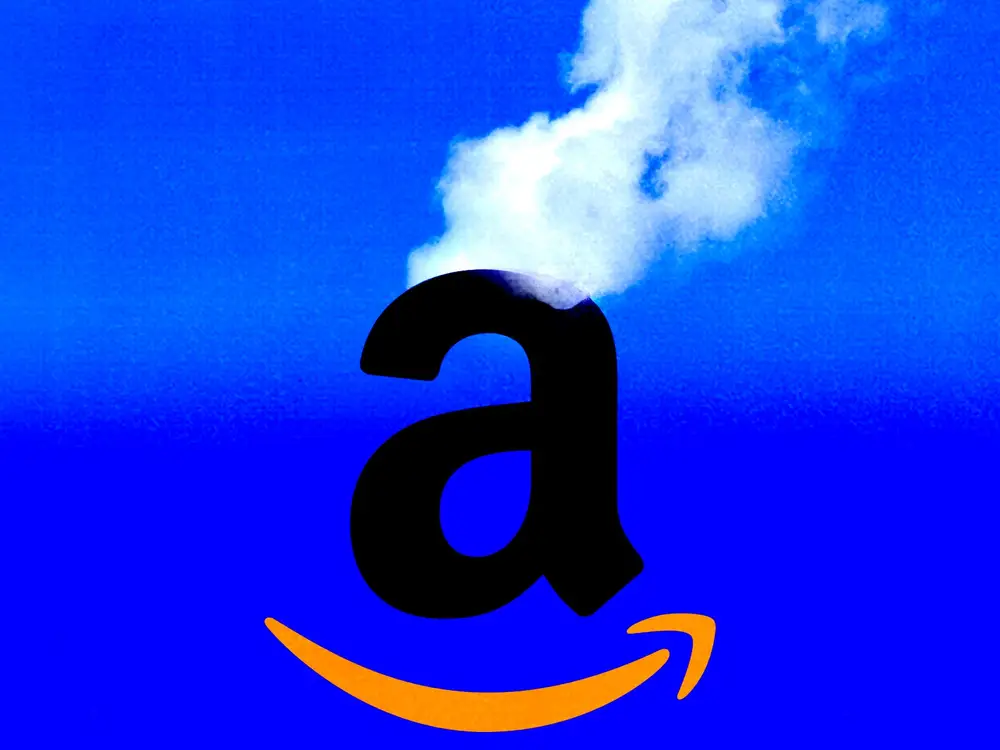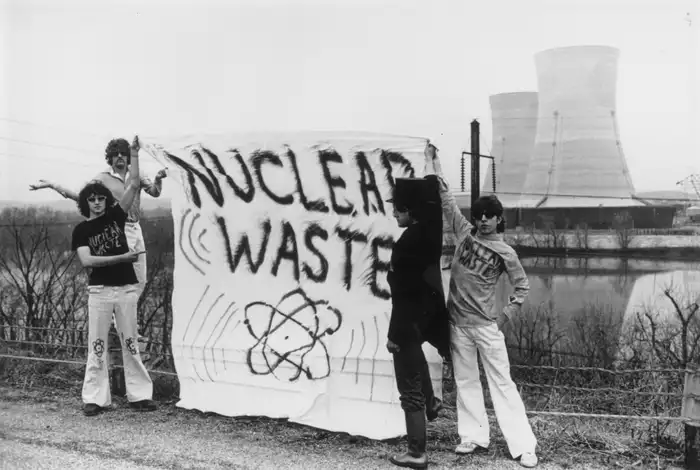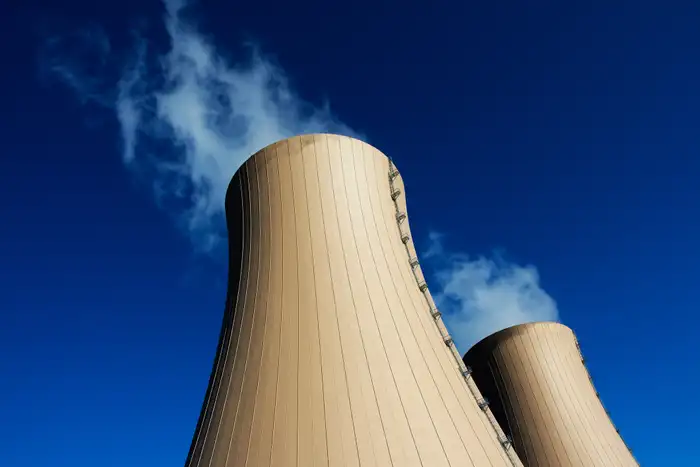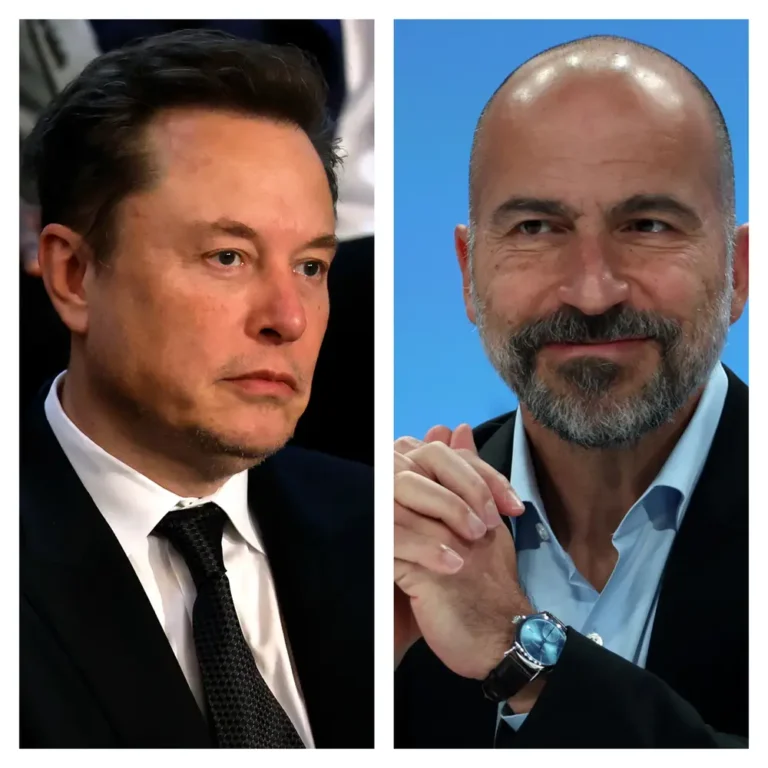Inside Amazon’s nuclear ambitions, its ‘Piano Man’ project, and CEO Andy Jassy’s support

In June, Amazon’s Global Energy Strategy team pitched CEO Andy Jassy the idea of doubling down on nuclear power to support its growing network of data centers.
The group argued that nuclear can be more reliable and cost-efficient than other clean-energy sources, such as wind and solar. Jassy agreed, according to an internal Amazon document from the third quarter that was obtained by Business Insider.
“We have strong conviction that nuclear power is the most economical and credible path to scale carbon free energy to meet the next decade’s rapid capacity growth,” the company’s energy-strategy team wrote. “We took this conviction to Andy Jassy in June 2024, and received approval to execute against our proposed expansion to the carbon free energy strategy through new nuclear generation.”

Amazon CEO Andy Jassy.
Fast-forward a few months and Amazon’s nuclear ambitions are becoming clearer. Last week, Amazon led a $500 million investment in X-energy to develop small modular reactors, following an earlier deal to buy power from a nuclear plant in Pennsylvania.
Generative AI is the main reason for this sudden interest in nuclear energy. Running these new AI workloads in data centers requires way more electricity than traditional computing tasks. Burning more coal and other fossil fuels is bad for the environment, so nuclear is an attractive alternative, despite its checkered safety record.
Amazon sees nuclear as a key part of dealing with this AI-driven surge in energy demand. The company considered tapping into at least four additional existing nuclear power plants and sought even more small-modular-reactor deals. It also looked at other energy sources, such as geothermal, to meet long-term renewable energy goals, according to the internal document.
“Machine Learning, GenAl and commercial capacity demand continues to significantly outpace available power capacity globally and requires new solutions that are reliable, cost-effective and carbon free,” the document said, adding that success in this space would help Amazon Web Services meet customer needs for sustainable data-center capacity.
Amazon considers all solutions
An Amazon spokesperson said the final details of the company’s plans could be “very different from the preliminary ideas” and cautioned against drawing conclusions from an “outdated” document.
The cloud giant supports more than 500 solar and wind projects and has been the largest corporate purchaser of renewable energy for four years in a row. It’s also investing in emerging technologies through its Climate Pledge Fund, the spokesperson added.
“There isn’t a one-size-fits-all solution for transitioning to carbon-free energy and we believe all viable and scalable options should be considered, so we frequently consider a wide range of projects before deciding which ones we move forward with,” the spokesperson wrote in a statement.
Big Tech’s embrace

Protesters near Three Mile Island.
Amazon isn’t the only Big Tech company embracing nuclear to meet AI’s insatiable hunger for power.
Google recently unveiled a partnership with Kairos Power to build small modular nuclear reactors. OpenAI CEO Sam Altman loves talking about nuclear and has backed projects. Microsoft struck a deal to get power from the Three Mile Island nuclear plant.
That last deal highlights the nuclear industry’s troubled past. In 1979, Three Mile Island experienced a major disaster that stalled the US nuclear sector for decades. There have been even worse events in Chernobyl, Ukraine, and Fukushima, Japan.
‘Piano Man’
Prior to the June meeting with Amazon’s Global Energy Strategy team, Jassy approved another nuclear plan in December 2023, according to the internal document obtained by B-17.
Under that plan, code-named “Piano Man,” Amazon targeted existing nuclear plants that had spare capacity. The company wanted to sign agreements that gave it access to “dedicated, reliable power” in the future. The first project within this strategy was announced in March, when Amazon agreed to pay $650 million to purchase energy from a nuclear power plant in Pennsylvania, the internal document showed.
Amazon considered at least four other similar nuclear projects, the document said. One was in Maryland for an option to use up to 0.88 gigawatts of energy. Another was in Texas for 1.2 gigawatts. There were two other arrangements in Pennsylvania for 0.96 gigawatts and 0.9 gigawatts of power each. In general, a 1-gigawatt plant is estimated to have enough capacity to power roughly 876,000 households for a year.
It’s unclear whether Amazon is still looking into these types of “Piano Man” deals.
“There are limited pipeline opportunities after these projects, but we will continue to develop all feasible options,” the document said.
Learning curve

The cooling towers of a nuclear power plant.
Amazon has also been “actively conducting due diligence” on more than a dozen opportunities in the small-modular-reactor space. As part of this, the company has developed relationships with utilities, nuclear construction companies, and the US Department of Energy, according to the document.
Nuclear power can be safer, more reliable, and more cost-efficient in the long term compared with other power sources, Jacopo Buongiorno, a nuclear-engineering professor at the Massachusetts Institute of Technology, told B-17. He added, however, that some of the new advanced small modular reactors were still being tested and often use different designs and systems, making them a relatively riskier option.
“There will be a learning curve because some of these technologies are not mature yet,” Buongiorno said.
Prioritize ‘earlier access to power’
The internal Amazon document described the company’s nuclear initiatives as part of a broader “non-standard” energy plan. The company also looked into power arrangements for natural-gas plants and geothermal energy.
“As we drive development of first of a kind, non-standard energy sources within the industry, our scope is primarily medium to long term, supplying power in large amounts beyond 2030,” the document said.
It said that in 2024, Amazon’s goal had been to deliver 8 gigawatts of incremental renewable energy. Amazon reached 4.1 gigawatts of renewable energy in 2023 and 10.2 gigawatts in 2022, the document said.
The internal document listed the main “tenets” that the Global Energy Strategy team follows. It emphasized delivering “highly reliable, cost-effective” power on time and making bets on technologies that are “on the cusp of scaling and mass adoption.”
It also stressed the need to find the earliest available power options.
“While we target obtaining large amounts of power over time,” it said, “we will prioritize opportunities with the earlier access to power.”






